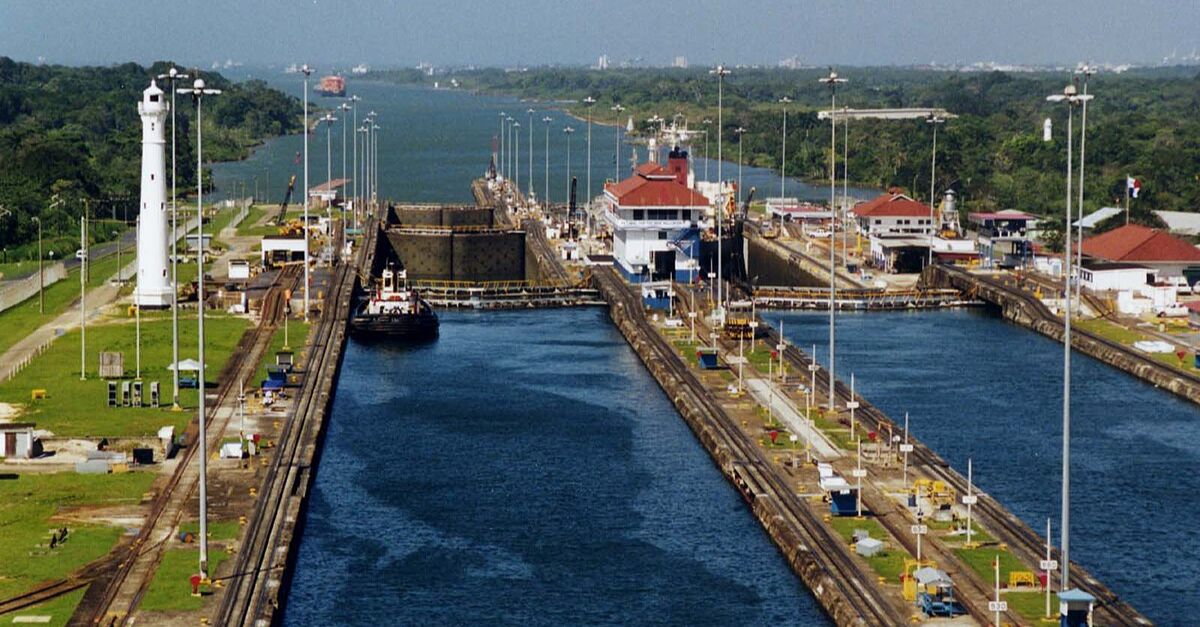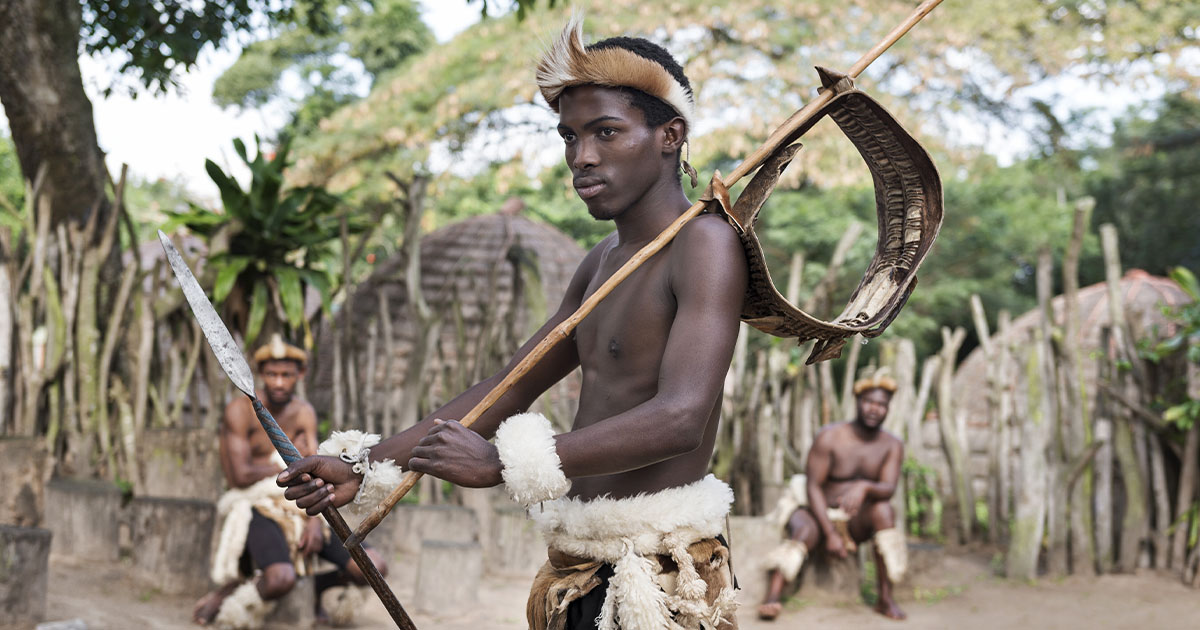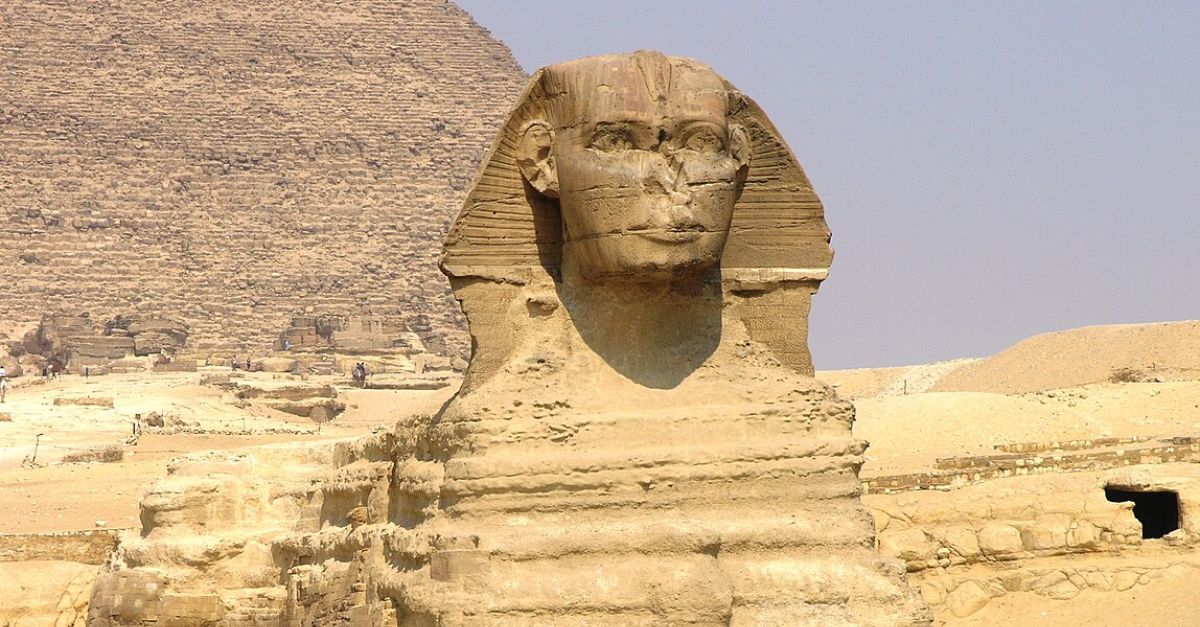Continental Connections
2019 discoveries in Panama's natural traps display extraordinary Ice Age megafauna migration patterns. These fossils challenge previous theories, suggesting complex movements and unexpected predator ranges.

What’s The Isthmus Of Panama?
It is a narrow strip of land that connects North America and South America. This critical land bridge separates the Caribbean Sea from the Pacific Ocean and is situated at coordinates 8°40′N, 80°0′W, home to the Panama Canal.
 Jeff Schmaltz, MODIS Rapid Response Team, NASA/GSFC, Wikimedia Commons
Jeff Schmaltz, MODIS Rapid Response Team, NASA/GSFC, Wikimedia Commons
Formation Timeline
Scientists and the standard geological model, supported by fossil and sedimentary evidence, place the complete closure of the Isthmus at about 2.80–3 million years ago. However, newer genomic and isotopic studies suggest a more complex and potentially earlier history.
 PeepP~commonswiki, Wikimedia Commons
PeepP~commonswiki, Wikimedia Commons
Ocean Divide
Before the isthmus existed, the Central American Seaway allowed Pacific and Atlantic waters to mix freely. Gradually, underwater volcanoes formed as the Cocos Plate slid under the Caribbean Plate. This process gave rise to islands that eventually merged with the accumulated sediment.
 Alataristarion, Wikimedia Commons
Alataristarion, Wikimedia Commons
Changing Currents
When the land bridge showed up, it split the Atlantic and Pacific waters for good. This separation cut off deep-water connections below 1,800 meters, altered ocean currents around the world, and triggered allopatric speciation. All this helped increase marine life diversity on both sides.
Today, It’s A Biodiversity Hub
The Panamanian biosphere represents a biological melting pot where North and South American species converge. With over 978 bird species alone, this tropical region hosts a spectacular display of large, colorful insects, amphibians, fish, and reptiles that survive in its warm climate.
 sbmatherson, Wikimedia Commons
sbmatherson, Wikimedia Commons
Weather Maker
The changing ocean currents set up the warm Gulf Stream. It may seem odd, but this warmth actually played a role in our current ice age by transporting moisture-filled air to northern Europe. This brought more rain and contributed to the growth of the Arctic ice cap.
Wildlife Highway
As we know, about 3 million years ago, the continents were connected, which allowed for the Great American Interchange. This meant that animals from the north, such as bears, cats, horses, and raccoons, headed south, while creatures from the south, including armadillos, opossums, and porcupines, migrated north.
 Woudloper, CC BY-SA 1.0, Wikimedia Commons
Woudloper, CC BY-SA 1.0, Wikimedia Commons
Ice Age Sentinels
During the last Ice Age, some pretty fierce creatures roamed this area. Recent finds in Mexico's Hoyo Negro ("Black Hole") pit, part of the Sac Actun cave system, uncovered fossilized remains of huge carnivores that used to live in the region. And although it is far up north, it is relevant.
 The Hoyo Negro by KNKX Public Radio
The Hoyo Negro by KNKX Public Radio
Deadly Trap
As per reports, the cave functioned as a natural death trap during the Late Pleistocene period. Unsuspecting animals fell nearly 60 meters to their deaths in the then-dry pit. Later, as glaciers melted, rising water levels sealed this time capsule, preserving the remains well.
 The Hoyo Negro by KNKX Public Radio
The Hoyo Negro by KNKX Public Radio
Enormous Predators
Among the notable discoveries was Arctotherium wingei, which may have been the largest bear that ever existed. Researchers found its skull in what they have been calling an "underworld of perfectly preserved fossils," way outside its known territory in South America.
 Robert Bruce Horsfall, Wikimedia Commons
Robert Bruce Horsfall, Wikimedia Commons
Arctotherium Wingei
This discovery is important because Arctotherium bears, including A. wingei, were thought to be confined to South America. Finding their fossils in Mexico extends their known range by over 2,000 km (1,242 miles) northward, suggesting a more complex history of migration.
 Steve Wilson - over 10 million views Thanks !! from Chester, UK, Wikimedia Commons
Steve Wilson - over 10 million views Thanks !! from Chester, UK, Wikimedia Commons
Fearsome Hunters
Alongside the bear, scientists also identified Protocyon troglodytes, which was a wolf-like dog previously unknown outside South America. Such carnivores likely traversed the isthmus during migration periods between 35,000 and 12,000 years ago, expanding their territories northward.
 Has the dire wolf come back to life? by Al Jazeera English
Has the dire wolf come back to life? by Al Jazeera English
Protocyon Troglodytes
Protocyon troglodytes is an extinct creature that lived from the Middle to Late Pleistocene, roughly between 781,000 and 12,000 years ago. This species was a hypercarnivore, likely a pack hunter, preying on medium to large herbivores such as Glyptotherium, Notiomastodon, and Megatherium.
 Sergiodlarosa (Sergio De La Rosa), Wikimedia Commons
Sergiodlarosa (Sergio De La Rosa), Wikimedia Commons
Migration Theories
Until this discovery, scientists thought it existed only in South America. They now propose two possibilities: these predators stopped in Central America during their cross-continental migration, or they moved north again during the last full glacial event, which occurred decades ago.
Ancient Encounters
Early humans coexisted with these megafauna for thousands of years, as shown by archaeological finds in both North and South America. Evidence from sites like Santa Elina in Brazil demonstrates that humans not only encountered but also interacted with giant sloths and other large animals.
Human Connection
In 2007, two human skeletons were located among animal remains in the Hoyo Negro cenote. One of these skeletons, known as "Naia," belonged to a teenage girl who lived approximately 12,000 to 13,000 years ago. Her remains are said to be amongst the oldest.
 Discovery Of Naia, 12,000-Year-Old Skeleton by KNKX Public Radio
Discovery Of Naia, 12,000-Year-Old Skeleton by KNKX Public Radio
First Peoples
Human history on the isthmus began when Paleo-Indians arrived between 15,000 and 18,000 years ago. Archaeological sites like Monagrillo showcase ceramics from 2500 to 1200 BCE. However, by 1501, when Europeans arrived, the region was home to thriving Chibchan and Chocoan cultures.
 Charles Christian Nahl, Wikimedia Commons
Charles Christian Nahl, Wikimedia Commons
Monagrillo Artisans
By around 2500 BCE, the Monagrillo culture emerged, notable for producing the oldest known ceramics in Panama and Central America. The Monagrillo archaeological site has yielded pottery from 2500 to 1200 BCE. These developments indicate a move towards more settled communities.
 Patrick.charpiat, Wikimedia Commons
Patrick.charpiat, Wikimedia Commons
European Discovery
Spanish exploration permanently changed the Isthmus of Panama, with Vasco Nunez de Balboa’s 1513 expedition marking a pivotal moment in world history. Guided by indigenous accounts of a great ocean to the south, Balboa led a challenging trek across the jungles, mountains, and swamps of Darien.
 Anonymous (Spain)Unknown author after a 18th-century engraving, Wikimedia Commons
Anonymous (Spain)Unknown author after a 18th-century engraving, Wikimedia Commons
European Discovery (Cont.)
He was supported by 190 Spaniards and hundreds of indigenous porters. On September 25 or 29, 1513 (sources vary), Balboa stood as the first European to sight the Pacific Ocean from the Americas. He named it the Mar del Sur (South Sea) and claimed it.
Treasure Route
The Spanish quickly realized the importance of the isthmus for their colonies. So, they set up the Spanish Silver Train to move gold and silver from Peru overland to Portobello, where treasure ships would transport these back to Spain. Hence, Panama became a key spot for trade.
 Unknown authorUnknown author, Wikimedia Commons
Unknown authorUnknown author, Wikimedia Commons
Colonial Ambitions
Not all settlement attempts succeeded. Scotland's disastrous Darien scheme in the 1690s aimed to establish New Caledonia and control an overland route between the oceans. The venture ended tragically when disease and harsh conditions killed over 80% of settlers within a year.
Gold Rush Route
The California Gold Rush in 1849 ramped up the number of people crossing the isthmus. Gold diggers hopped on boats from eastern US ports to Panama, trekked across the land, and then caught steamships from the Pacific Mail Steamship Company to get to San Francisco.
 Unknown authorUnknown author, Wikimedia Commons
Unknown authorUnknown author, Wikimedia Commons
Strategic Chokepoint
Well, the isthmus's narrow geography made it strategically invaluable throughout human history. Control of this land meant power over interoceanic trade routes, eventually leading to one of humanity's most outstanding engineering achievements. Yes, this was the Panama Canal, which was completed in 1914.
 Please credit "Family collection of Infrogmation of New Orleans", Wikimedia Commons
Please credit "Family collection of Infrogmation of New Orleans", Wikimedia Commons













